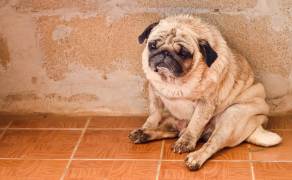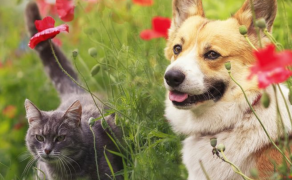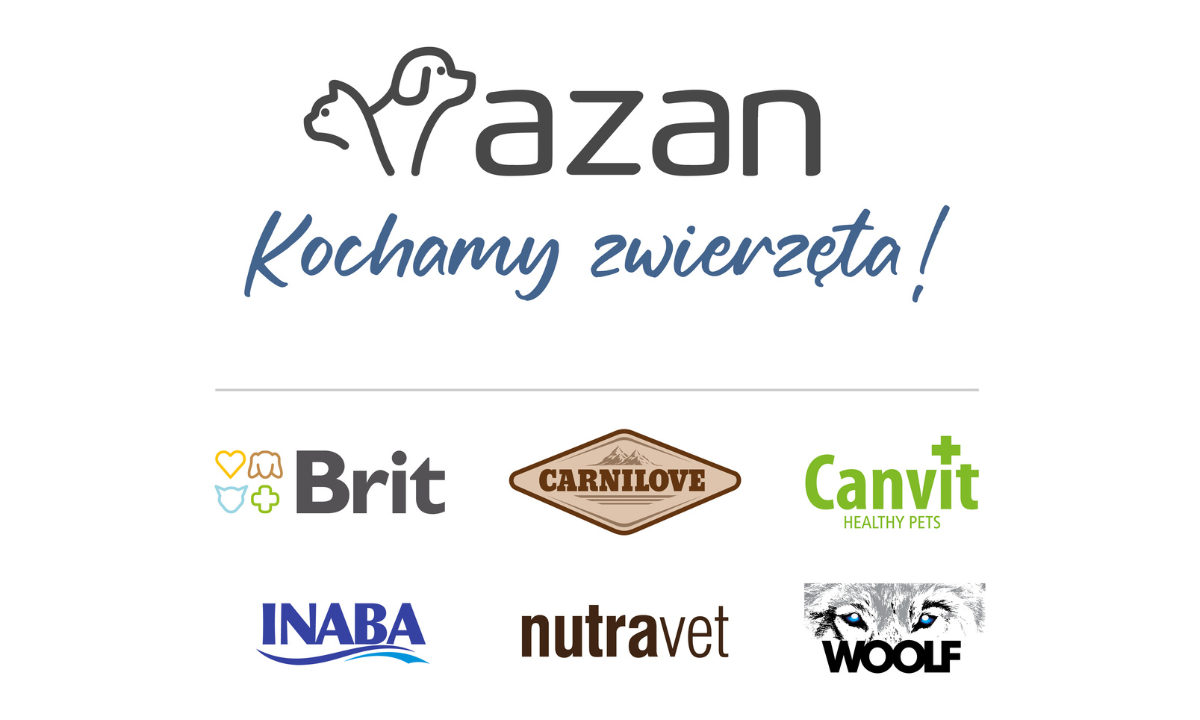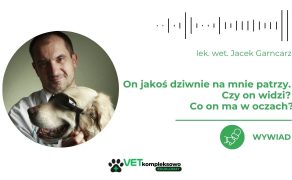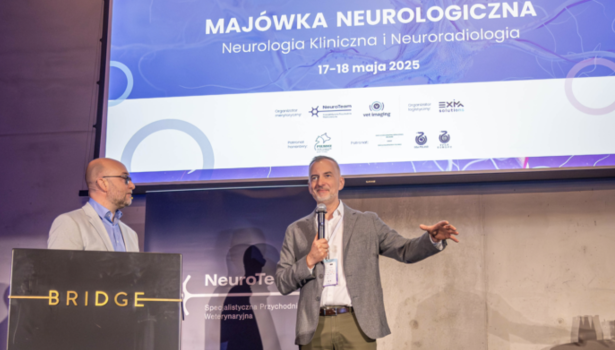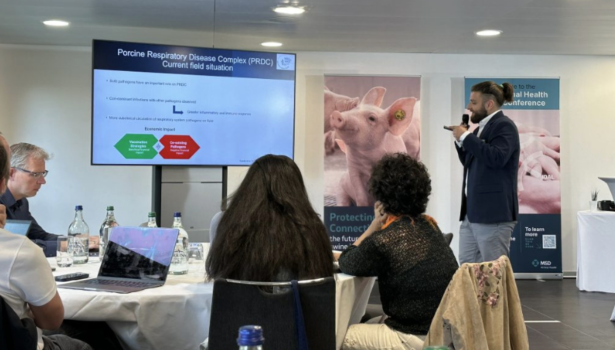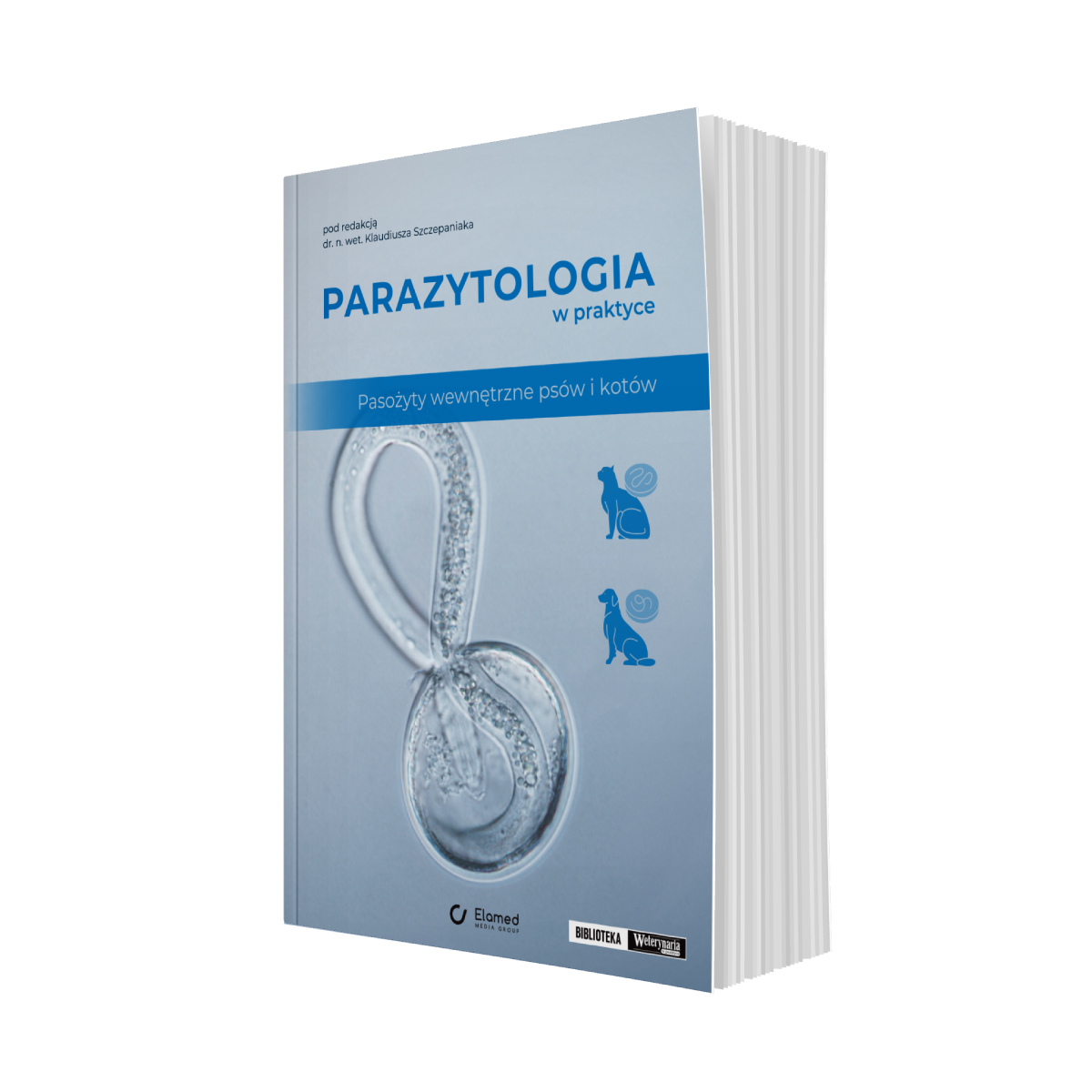Możliwości zastosowania składników diety w dietoprofilaktyce i dietoterapii IBD u psów
Piśmiennictwo
- Abnet C.C., Corley D.A., Freedman N.D., Kamangar F.: Diet and upper gastrointestinal malignancies. „Gastroenterology”, 2015, 148, 1234-1243.
- Adler N., Schoeniger A., Fuhrmann H.: Polyunsaturated fatty acids influence inflammatory markers in a cellular model for canine osteoarthritis. „J Anim Physiol Anim Nutr (Berl)”, 2018, 102, e623-e632.
- Aghdassi E., Wendland B.E., Steinhart A.H., Wolman S.L., Jeejeebhoy K., Allard J.P.: Antioxidant vitamin supplementation in Crohn’s disease decreases oxidative stress. A randomized controlled trial. „The American Journal of Gastroenterology”, 2003, 2, 348-353.
- Cheng Lu X., Tao Y., Wu C., Zhao P.L., Li K., Zheng J.Y., Li L.X.: Association between variants of the autophagy related gene–IRGM and susceptibility to Crohn’s disease and ulcerative colitis: a meta-analysis. „PLOS ONE”, 2013, 8, 1232-1242.
- Cox C.M., Stuar L.H., Kim S., McElroy A.P., Bedford M.R., Dalloul R.A.: Performance and immune responses to dietary β-glucan in broiler chicks. „Poult Sci”, 2010, 89, 1924-1933.
- Danese S., Sans M., Fiocchi C.: Inflammatory bowel disease: the role of environmental factors. „Autoimmunity Reviews”, 2013, 3, 394-400.
- Gassull M.A., Fernandes-Bańares F., Cabré E., Papo M., Giaffer M.H., Sánchez-Lombrańa J.L., Richart C., Malchow H., González-Huix F., Esteve M.: Fat composition may be a clue to explain the primary therapeutic effect of enteral nutrition in [...]
Ten materiał dostępny jest tylko dla użytkowników
którzy są subskrybentami naszego portalu.
którzy są subskrybentami naszego portalu.
Wybierz pakiet subskrypcji dla siebie
i ciesz się dostępem do bazy merytorycznej wiedzy!
i ciesz się dostępem do bazy merytorycznej wiedzy!
Masz aktywną subskrypcję?
Nie masz jeszcze konta w serwisie? Dołącz do nas
Mogą zainteresować Cię również
111
ALGORYTMY
POSTĘPOWANIA
w weterynarii
POSTĘPOWANIA
w weterynarii


